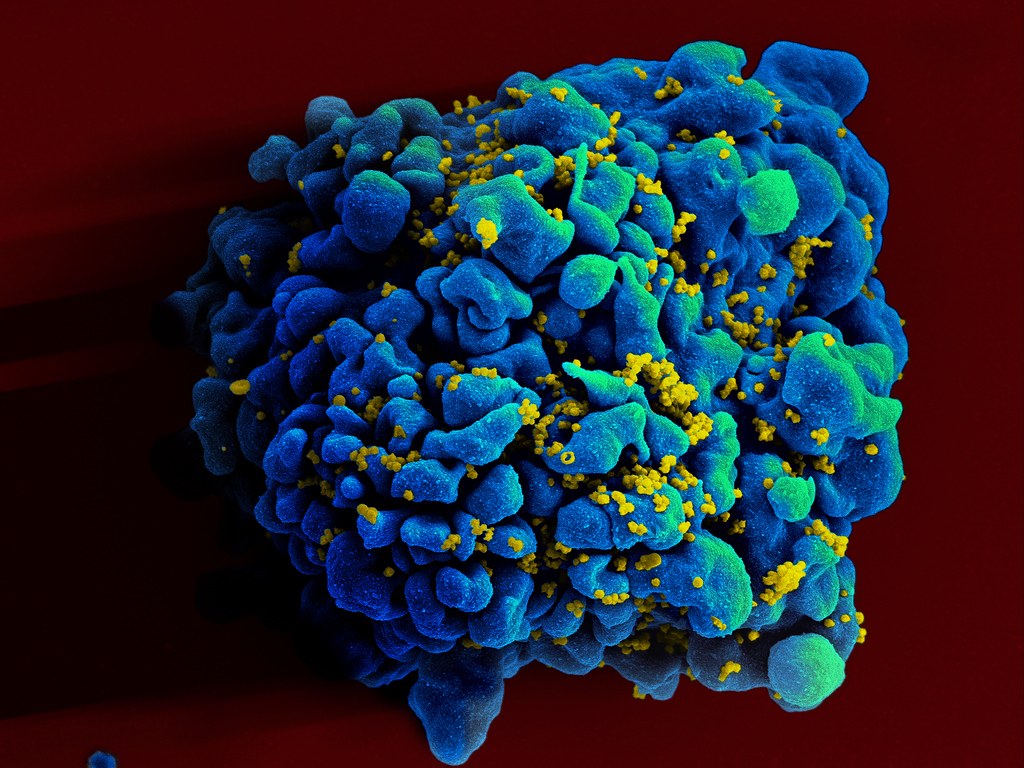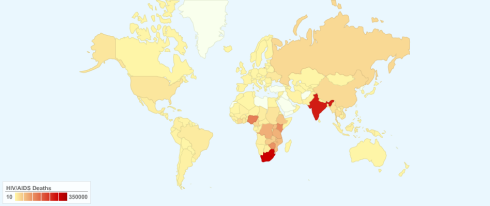New Advances in HIV Research

Around the world, over 35 million people are living with HIV/AIDS, and over 2 million new cases are reported every year. All this for a disease that was only first discovered in 1981. (WHO, 2013) It’s clear that something needs to be done, and fortunately millions of dollars are being put into HIV research. The research being done can largely be broken up into three categories: prevention, treatment and cure.
Here we take a look at the situation in Australia as well as some of the most promising advances in HIV research in each of these stages.
HIV in Australia
Many people think that HIV/AIDs is something that only occurs in developing nations. While 95% of cases do occur in low and middle income countries (AIDS, 2014), at the end of 2010 over 21,000 people were diagnosed as HIV positive in Australia and 6,787 had died as a result of an AIDs-related illness. (HIV Test Australia, 2014)

Research into HIV/AIDs in Australia has been strong since 1980. The most prominent research organisation is the Kirby Institute at the University of New South Wales. The highly regarded institute was one of the first to receive a grant from the Bill & Melinda Gates Foundation outside of the United States, and continues to do ground-breaking, world-class research.
Prevention
At the annual Conference on Retroviruses and Opportunistic Infections (CROI), held in Boston on 3-6 March 2014, there was a major focus on research into HIV prevention. One presentation by the Microbicide Trials Network discussed the use of a vaginal ring that offered both anti-HIV and contraceptive properties. (MTN, 2014)
Another interesting development that was announced in April 2014 was the use of Australian coral and bee venom as a potential HIV prevention treatment. The National Cancer Institute identified a protein located in Australian coral reefs that is capable of blocking the HIV virus from interfering with human T cells. (U.S. Finance Post, 2014)
Treatment
Unfortunately we’re not at the stage where prevention efforts are prevalent enough not to need to continue researching treatment methods. Finding treatments mean that people who are living with HIV can lead longer and more satisfying lives.
One of the major breakthroughs this year for Australian HIV patients was the lifting of the PBS benefits restrictions for patients at the early stages of the disease. Since March 2014, people at any stage of the disease now have access to subsidised treatment. (NAPWA, 2014)
In terms of research, speakers at this year’s CROI emphasised that studies over the past three years had shown that antiretroviral drugs such as the commonly used tenofovir were definitely effective, but the problem lied in people not adhering to taking the drugs. The antiretroviral drugs must be taken for pre-exposure prophylaxis (PrEP), and are an essential part of treatment.
This made it clear that adherence needed to be the focus of research. A drug called GSK-744LA has been shown to offer good HIV protection in monkeys, and is a long-term injectable that would mean PrEP would change from a daily pill to a three-monthly injection. The drug will soon be tested in humans. (Aidsmap, 2014)
Cure
Although prevention and treatment research is incredibly valuable and is helping to minimise the number of people who contract and die from HIV/AIDS, a cure is what everybody is hoping for. Fortunately, some very positive research has been conducted in recent years.
South Australian researchers recently claimed they had developed a DNA vaccine that could potentially help cure HIV, as well as hepatitis C. Adelaide University’s Professor Eric Gowans, said that although DNA vaccines have been incredibly successful in small animals, they have had less success in large animals and humans – but things are improving. The DNA vaccines work by stimulating the body’s immune response and combining with the white blood cells to kill either HIV or hepatitis C cells. (ABC, 2014)
Image Credit: NIAID, Thiagarajan Vardharaju
 Follow
Follow